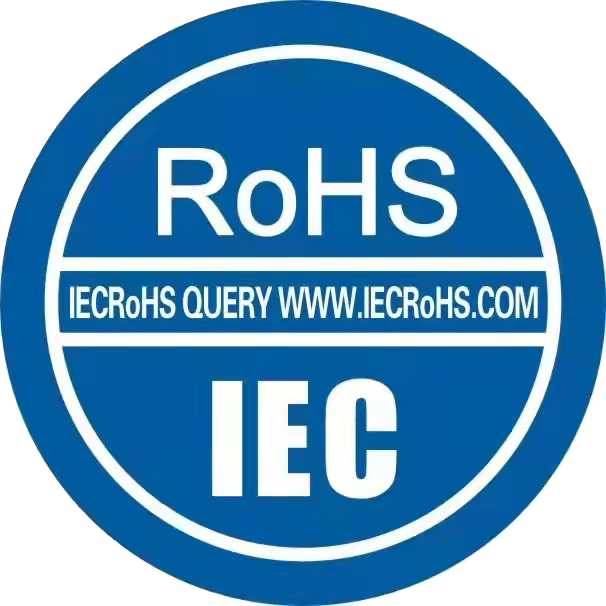RoHS Compliant: A Comprehensive Guide to Understanding and Implementing the Standard
In today’s globally connected and environmentally conscious market, the term ‘RoHS Compliant’ has become a critical benchmark for electronics and electrical equipment. For manufacturers, distributors, and consumers alike, understanding what it means to be RoHS compliant is no longer optional—it’s essential. This directive, originating from the European Union, has set a global precedent for restricting hazardous substances, influencing product design, supply chain management, and corporate responsibility worldwide. This article delves deep into the meaning, importance, and practical implications of RoHS compliance, providing a clear roadmap for navigating this crucial environmental standard.
What Does RoHS Compliant Mean?
RoHS stands for the Restriction of Hazardous Substances. Specifically, it refers to Directive 2011/65/EU, which restricts the use of ten specific hazardous materials in the manufacture of various types of electronic and electrical equipment. For a product to be officially labeled as RoHS compliant, it must contain levels of these substances below the mandated thresholds. The restricted substances include lead (Pb), mercury (Hg), cadmium (Cd), hexavalent chromium (CrVI), polybrominated biphenyls (PBB), polybrominated diphenyl ethers (PBDE), and four types of phthalates (DEHP, BBP, DBP, DIBP). The maximum concentration value for each of these substances is 0.1% by weight in homogeneous materials, except for cadmium, which is limited to 0.01%. This compliance ensures that products are safer to handle, dispose of, and recycle, thereby reducing their environmental impact and potential harm to human health.
The Critical Importance of RoHS Compliance
The significance of being RoHS compliant extends far beyond mere regulatory adherence. Firstly, it plays a pivotal role in protecting the environment by preventing toxic chemicals from entering landfills, where they can leach into soil and groundwater. Secondly, it safeguards the health of factory workers involved in manufacturing and recycling processes, as well as consumers who use the products. From a business perspective, compliance is a legal necessity for selling products in the EU and many other regions that have adopted similar regulations, such as China and California. Moreover, it enhances brand reputation, demonstrating a company’s commitment to sustainability and corporate social responsibility, which can be a powerful differentiator in a competitive market. Non-compliance can result in severe penalties, including hefty fines, product recalls, and being barred from key markets.
The Path to Achieving and Verifying RoHS Compliance
Becoming RoHS compliant is a multi-faceted process that requires diligence across the entire supply chain. It begins at the design stage, where engineers must select components and materials that are free from the restricted substances. Manufacturers must then obtain detailed material declarations from all their suppliers, verifying the composition of every part. This is often done through standardized forms like IPC-1752A. To provide concrete proof of compliance, companies typically engage third-party testing laboratories. These labs use techniques like X-ray fluorescence (XRF) spectroscopy to analyze products and ensure they meet the required thresholds. Once verified, a product can be marked as RoHS compliant, and a Declaration of Conformity (DoC) is issued, which must be kept on file for ten years. This document serves as legal proof that the product meets all the necessary requirements.
RoHS Compliance in a Global Context
While the RoHS directive originated in the European Union, its influence is truly global. Many countries and regions have implemented their own versions of hazardous substance restrictions, often inspired by or even mirroring the EU’s RoHS. For instance, China’s Management Methods for the Restriction of the Use of Hazardous Substances in Electrical and Electronic Products is often referred to as “China RoHS.” Similarly, places like South Korea, Japan, Turkey, and the state of California have their own regulations. For companies operating internationally, this means developing a compliance strategy that is not one-size-fits-all but is tailored to the specific requirements of each target market. Understanding the nuances and differences between these various regulations is crucial for successful global market access and avoiding costly compliance missteps.
Conclusion: The Future of RoHS Compliance
The landscape of RoHS compliance is not static; it is continuously evolving. The list of restricted substances is subject to review and potential expansion as new scientific evidence emerges. Furthermore, the scope of products covered by the directive is also broadening. For businesses, maintaining RoHS compliance requires an ongoing commitment to vigilance, supply chain transparency, and proactive adaptation to regulatory changes. It is an integral part of responsible manufacturing and a key driver for innovation in developing safer, greener technologies. Ultimately, the goal of being RoHS compliant aligns with a larger global movement towards a circular economy, where products are designed with their entire lifecycle in mind, minimizing waste and maximizing sustainability.
Disclaimer
The information provided in this article is for general informational and educational purposes only. It is not intended to serve as legal, professional, or technical advice. While every effort has been made to ensure the accuracy of the information presented, regulations and standards, including the RoHS directive, are subject to change. Readers are strongly advised to consult with qualified professionals or official regulatory bodies for specific guidance pertaining to their unique circumstances and compliance needs. The author and the publishing platform expressly disclaim any and all liability for any actions taken or not taken based on the content of this article.

